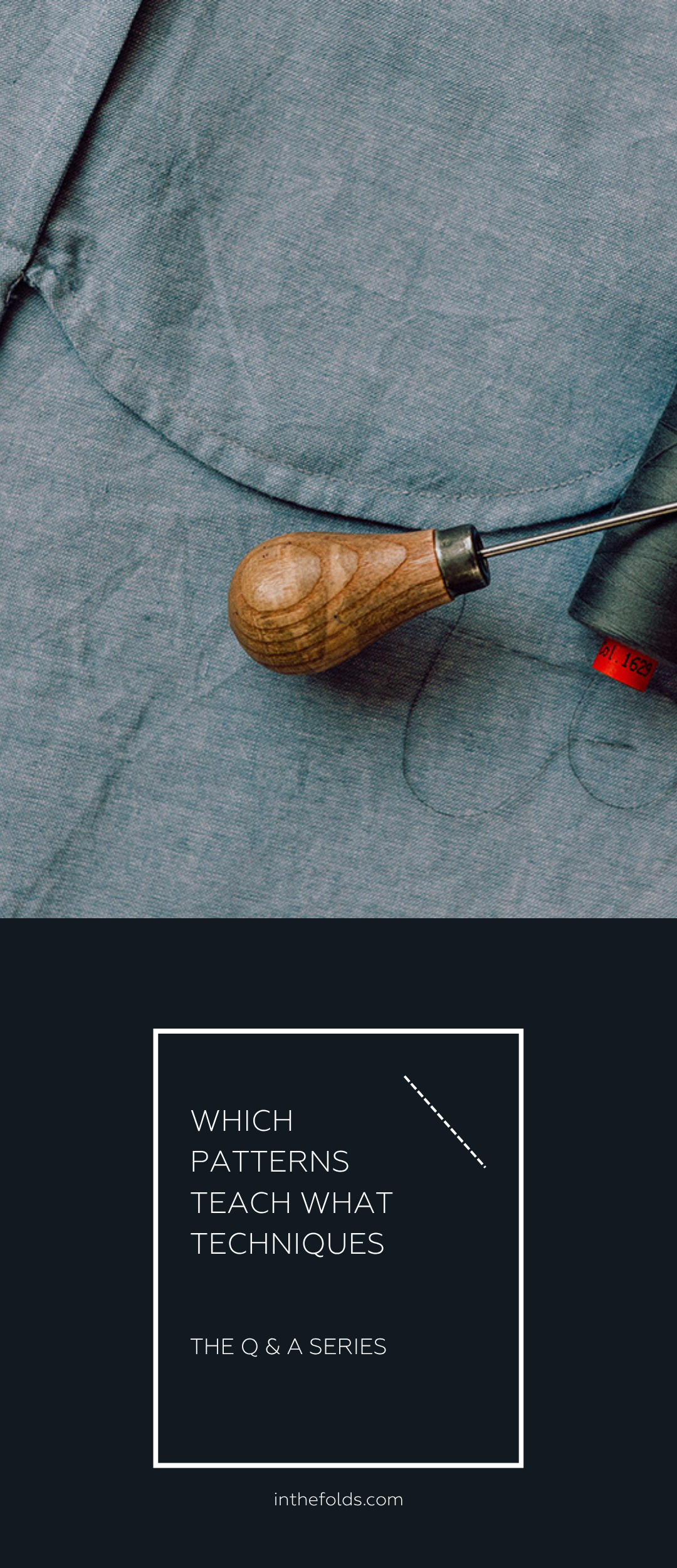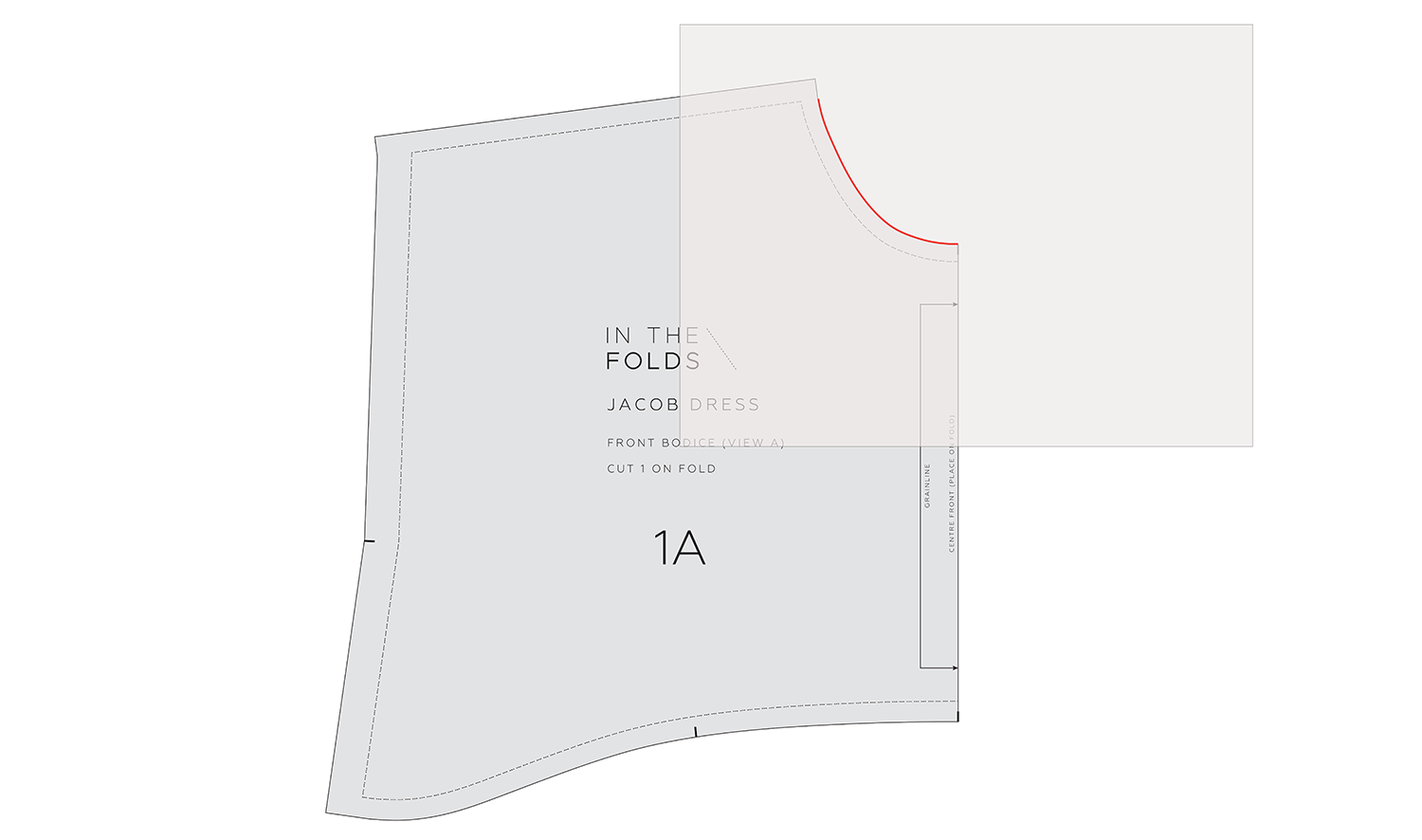THE Q & A SERIES
fabric inspiration for the
jacob dress pattern
Hello!
I’m going to give the Jacob dress pattern a go, but I feel like I need to make sure I use the right type of fabric. Can you please give me some ideas for what types of fabric you recommend?
Rosie
Hi Rosie,
This is a great question, and you’re right - the type of fabric you use to make the Jacob dress will definitely have an impact on the finish.
In all our patterns we provide information on the types of fabric we recommend for each specific design. In the Jacob pattern, this is what we’ve said:
“The Jacob dress is compatible with light to medium weight woven fabrics such as: cotton poplin, chambray, linen, linen blends, cupro, rayon and rayon blends. If you prefer a softer, drapier silhouette, consider fabrics like sateen, silk (crepe de chine or habotai) or viscose (rayon).”
You can see the different finish that you get with different fabrics in the Jacob dress samples we’ve been sharing on Instagram. Leanne’s Jacob is made from a twill fabric from meetMILK. It is quite a drapey fabric in comparison to the linen that Sara used to make her Jacob dress. Side by side, the two dresses have a slightly different look to them, despite being made from the same pattern.
Before you buy your fabric, or start cutting into something from your fabric stash, I’d definitely recommend considering the silhouette you’d like your Jacob dress to have. If you want the fabric to fall smoothly across your body, opt for a drapey fabric. If you want to really highlight the ruffles of the drawstrings, go for something with a bit more body. Your local fabric store can help you with this if you’re not really sure what type of drape a fabric has. If you’re buying online, some stores share videos of the fabric to show you what it’s like. If not, send them an email and ask the question!
This month we asked Maaike from MaaiDesign and Amaya from Pattern Scissors Frock to send us their fabric recommendations for the Jacob dress, so keep reading for some fabric inspiration from local Aussie fabric stores.
JACOB DRESS FABRIC RECOMMENDATIONS FROM PATTERN SCISSORS FROCK
We had to start with this amazing Lilac Garden Linen Cotton blend from the Miss Moresby range. Amaya describes this substrate as a little softer than linen thanks to the cotton, but with the strength of linen. From the video it looks like it has a finer slub than regular linen fabric. This one could strike a good balance between drape and structure if you’re not sure which way to go!
Merchant and Mills is always a good idea in our opinion, and Amaya has said their hemp/cotton blend could be good for a little more structure. This chalky blue looks beautiful!
Jacob dress fabric recommendations from MaaiDesign
First on Maaike’s list is this range of cupro linen tencel. Described as an alternative to silk, with a similar gloss, but without the silk price tag it sounds pretty good! It’s a beautiful drapey fabric, perfect for a special occasion. Available in a rainbow of colours you are sure to find one you love.
Next up is a linen viscose which is described as divinely soft, with a matte finish, lots of drape and extremely comfortable to wear. Available in a range of colours. Another perfect option for Jacob!
For a final bit of fun we wanted to share this lovely Jessica Nielsen print in cotton viscose twill. The fabric is described as having fluidity and softness, making it ideal for flowing dresses and skirts. Maaike has a range of other artist prints in cotton viscose which you can view here.
I hope this helps you in your fabric finding endeavours!
Happy Jacob dress sewing!
Emily
RESOURCES MENTIONED IN THIS ISSUE
The Jacob dress pattern is currently only available in our Curated by ITF subscription. It will be released as a standalone resource later in 2025. More information about our Curated by ITF subscription can be found here.
For more issues of the Q & A series, you can check out the archive here.
































